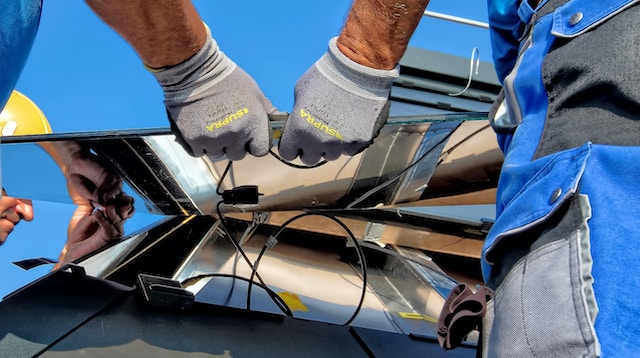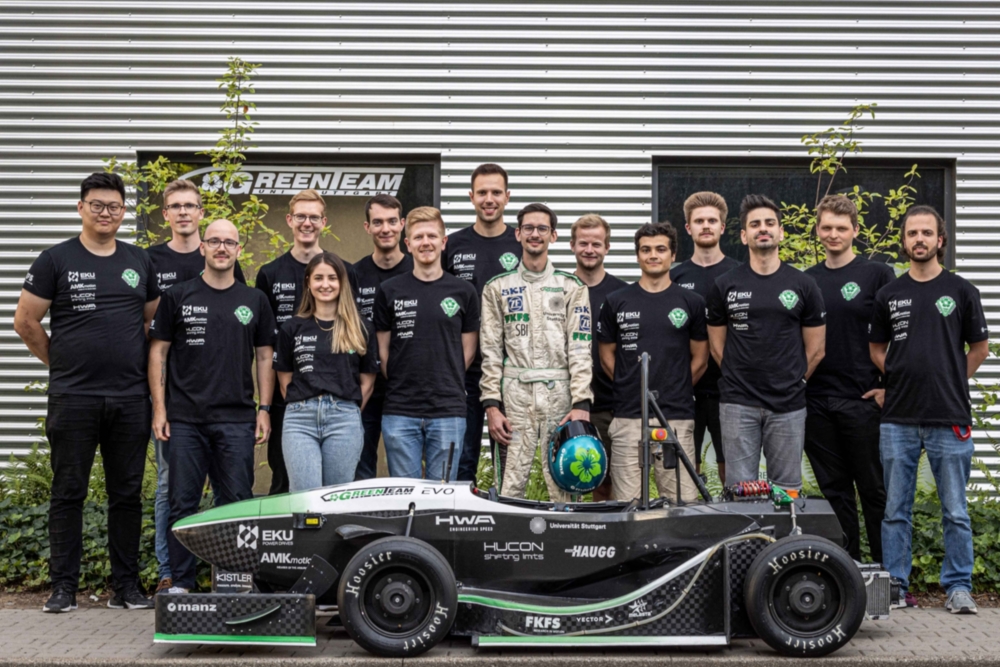Aviation has revolutionized the way people travel, allowing them to embark on new experiences, business excursions, and journeys to distant regions. However, the beneficial industry has also had an adverse effect on the environment. With technological support, the sector is transitioning to a target of lower gas emissions.
The Intelligent Approach (IA) technology, which was introduced in 2015 at Heathrow Airport, is designed to optimize aircraft arrivals spacing, reducing delays and gas emissions. Since then, the data-driven strategy has been implemented at Heathrow and adopted by private airline companies in Europe, Asia, and the Middle East.
NASA developed its own schedule-coordinating software, NASA’s Airspace Technology Demonstration 2 (ATD-2) – a solution that improves air system efficiency. The ATD-2 was launched by the Federal Aviation Administration last month.
NASA’s estimates suggest that the software cut the engine’s fuel consumption by as much as one million gallons and saved as much as 6,000 hours of power operation time. These cost savings were boosted further by a reduction in the number of funds spent on engine maintenance. Additionally, it cut flight delays by 933.6 hours, which resulted in a savings of an additional $4.5 million worth of value-added time.
The disadvantage is how beneficially these technologies affect the environment. There is also controversy on whether shorter delays mean more flights. In other words, the prospect of rising greenhouse gas levels is evident.
Stefan Gössling, a professor of tourism research at Linnaeus University in Växjö, Sweden, asserted that IA and NASA’s ATD-2 focused on the factors with the least impacts on the environment. The professor stated, “None of these technologies, even in combination, will cut emissions from aviation to the necessary amount if the sector continues to grow.”
So far, technological efforts have focused on external factors. However, according to Gössling, those solutions fall well short of addressing the underlying issues. The focus in the coming years should be on reducing emissions on full flights.
Even if runway capacity is increased, gas emissions necessitate the intervention of the entire global system. If there is no solution for fuel efficiency or ecologically friendly fuel, it will be impossible to achieve the aim of reducing energy usage.







